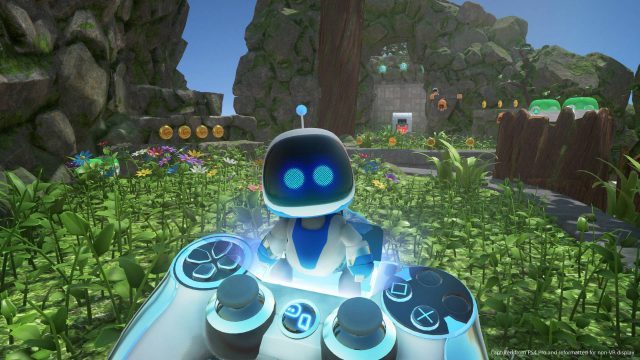
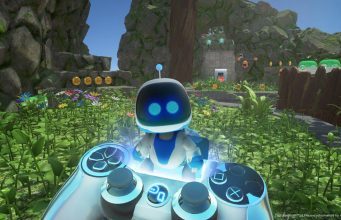
It’s been six months since Sony launched PlayStation VR 2, handily one of the best pieces of consumer VR hardware we’ve laid eyes on. While the headset is undeniably great, Sony’s content strategy hasn’t been. Beyond a handful of launch titles, PSVR 2 didn’t really explode out of the gate like we hoped, and a future with high-quality content on the horizon hasn’t materialized either. This, compounded by the lack of backwards compatibility, has hobbled the platform to the point that long-term viability could be an issue if Sony doesn’t step up their game.
Like the original, PSVR 2 sports a unique selling proposition. If you own a PS5, spending that $550 to buy a shiny new PSVR 2 isn’t a bad move if you want to get into current-gen VR games right this second, making Sony’s job fairly straight forward: convert existing PS5 owners into new PSVR 2 owners. That, and keep those users coming back to the headset with new and compelling content.
The XR landscape has changed quite a bit since the OG PSVR launched in 2016 though. Meta’s standalone Quest platform has largely led the way in VR adoption in the last several years thanks to its ability to not only provide compelling experiences natively on mobile hardware, but to optionally tether to PCs, pulling double duty as capable PC VR headsets in their own right. The Quest content library spans multiple generations of devices now too, which is something PSVR 2 simply can’t say since it doesn’t support PSVR games.
What Sony needs to do is pretty simple if it wants PSVR 2 to stay relevant within PS5’s lifecycle: fund more and better content, and do it regularly so current users have something to look forward to as the competition inevitably mounts.
The Virtual Elephant in the Room
Because of the scale of Quest headsets compared to PSVR 2, most developers are building their games first and foremost to fit the limitations of the standalone headset, while maybe adapting their game for PSVR 2 as a secondary objective. Not a lot of games out there that use the headset’s built-in eye-tracking in any real way, and that’s telling.
But relying largely on visually enhanced made-for-Quest content isn’t going to give PSVR 2 a meaningful competitive edge given its other downsides (more expensive, not standalone, etc).
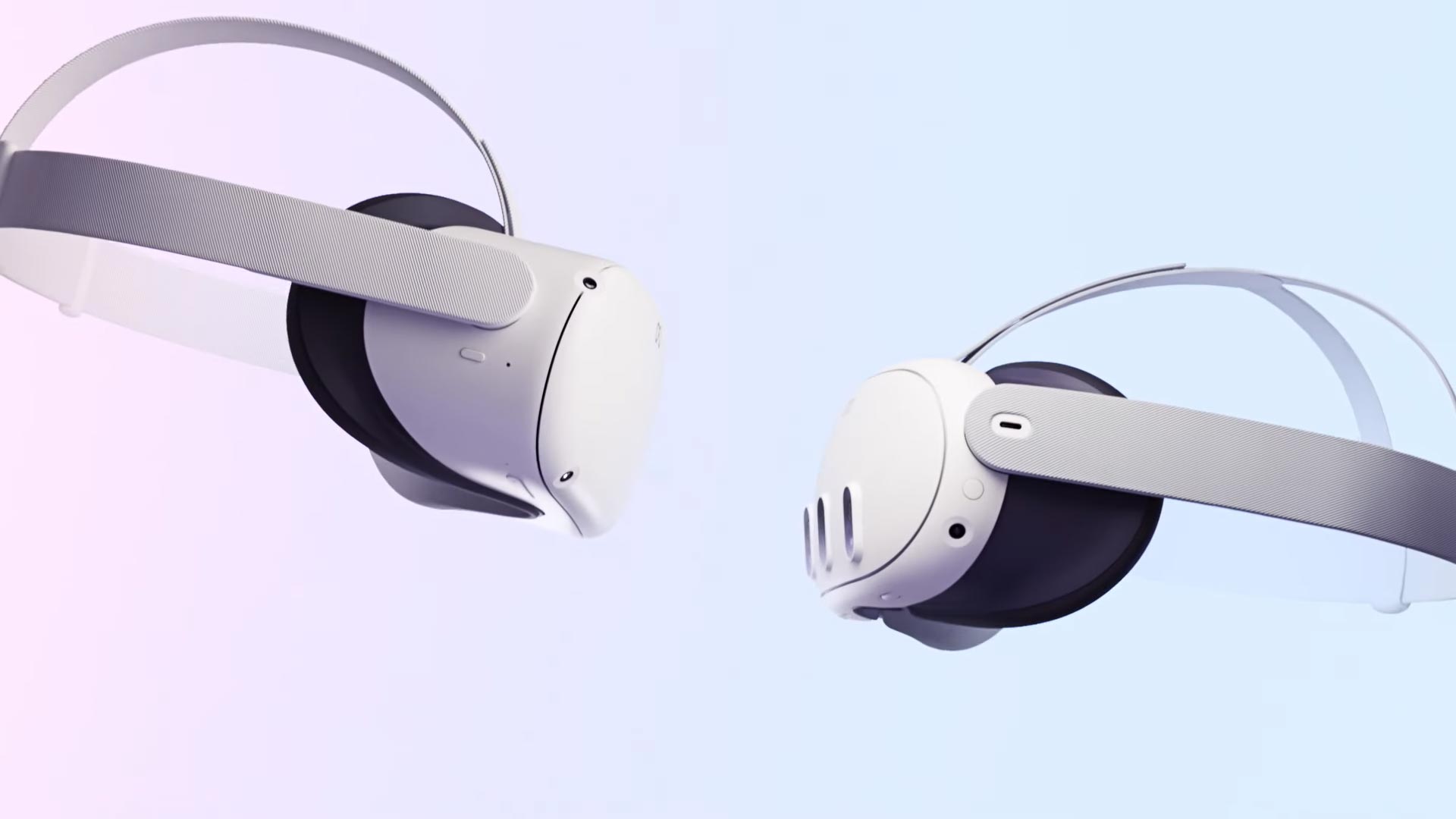
While the strategy of selling PSVR 2 as an add-on to PS5 customers seems straightforward, the reality is Quest is a competing device with most of the same games and a cheaper price point. That means that even PS5 owners might see the Quest as the better value… unless PSVR 2 has a strong library of exclusive content to keep them on Sony’s turf.
This isn’t a wild idea either. Sony had actually built up an impressive set of exclusive games for the original PSVR, with some of the best games on any VR headset—like PlayStation VR Worlds (2016), Batman: Arkham VR (2016), Farpoint (2017), Astro Bot (2018), and Blood & Truth (2019). Not only not bringing these exclusives forward to PSVR 2, but not having a clear roadmap for great exclusive content in the future, is a real problem for PSVR 2 in the long run.
Great Headset Missing a Roadmap
PSVR 2 is a great headset. It’s got features that no other headset in its class has, like eye-tracking, HDR, and OLED displays. Ergonomics are on point for long gaming sessions. Eye-tracking allows developers to implement a ton of cool stuff like foveated rendering, allowing studios to push visuals that even complete with what you might see on PC VR. The addition of inside-out tracking and real VR controllers finally puts it squarely in the now of VR too. But, as we know, great hardware is nothing without games, and PSVR 2 is lagging behind in that department.
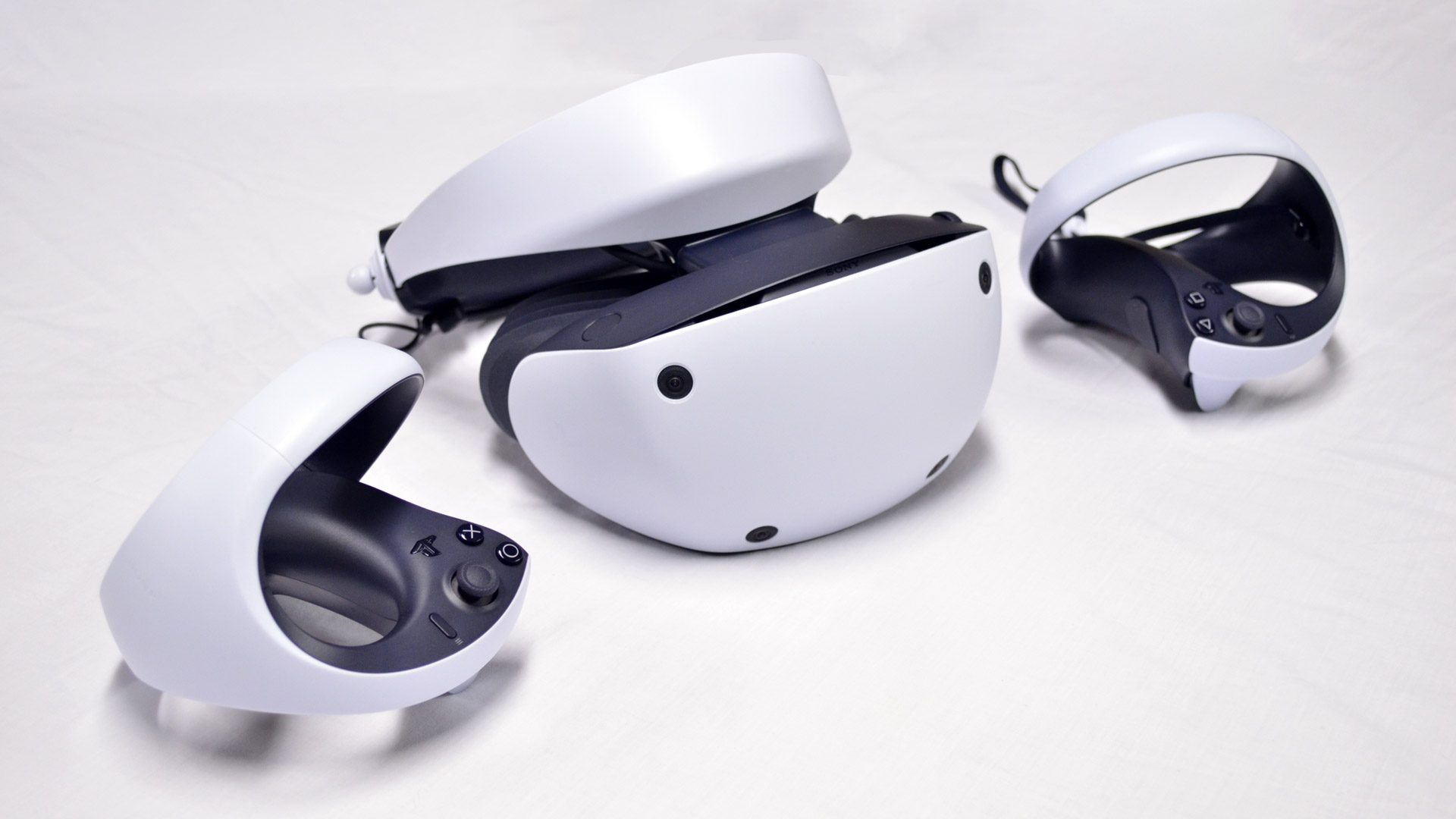
Sensitive readers, please avert your eyes. Exclusives. There, I said it. Exclusives are a dirty word in gaming for a reason; nobody wants to uproot from their chosen platform just for a single game. It feels excessively greedy to limit what would be good for all, but only made available to the lucky few. For all their ills though, exclusives are a pretty standard way of both attracting and keeping a platform’s playerbase happy with the promise of high-quality content which critically wouldn’t exist otherwise.
Outside of a handful of truly great VR franchises and games from medium to small studios, platform holder-funded exclusive content has been the primary way of getting most of the so-called ‘AAA’ content in VR, with standout titles including Half-Life: Alyx (2020) on PC, Lone Echo (2017) and Lone Echo 2 (2021) on Rift, the upcoming sequel to Rift exclusive Asgard’s Wrath on Quest, and Astro Bot Rescue Mission on the original PSVR.
It’s pretty rare when established studios willingly risk years of billing hours and studio resources for something that isn’t guaranteed to make cash. That’s why platform-funded exclusives are important in getting content built that wouldn’t otherwise be viable given the risk. And while Sony had been doing a pretty good job with that on their original headset, judging by the content available today on the PlayStation Store it feels like the company has been a little tighter with its purse strings.
At the time of this writing, PSVR 2 only has a scant few VR-native exclusive titles: Horizon Call of the Mountain, C-Smash VRS, The Dark Pictures: Switchback VR, Synapse, and Firewall Ultra—only one of which has the pedigree to be called ‘AAA’. To be fair, there’s also a few exclusive VR-optional ports like Resident Evil Village and Gran Turismo 7.
But looking forward, the only ostensibly Sony-funded content we’ve seen on the horizon is the Resident Evil 4 remake, which is launching exclusively on PSVR 2 sometime later this year. Not only is this not a VR-native title, but somewhat awkwardly, Resident Evil 4 VR (remastered but not remade) is already available on Quest, making this only a pseudo-exclusive non-native VR port for PSVR 2.
Backwards Compatible or Forward Looking?
Here’s a barrage of not entirely unjustified high-pitched whining: Where is Astro Bot Rescue Mission 2? Where is the PSVR 2 upgrade for the first game, which did so famously well and was beloved by all? Sony recently renewed the Astro Bot trademark, but we already knew Team Asobi was making their “biggest [game] to date” following the release of the non-VR Astro’s Playroom (2020) on PS5, but it’s unclear if that future game means VR as well.
Where is Blood & Truth 2? Farpoint 2? A PSVR 2 upgrade for Resident Evil 7 Biohazard (2017), one of the platform’s most celebrated titles? All of these things may arrive at some point (who knows!), but in the indeterminate meantime it feels like Sony has taken a decisive step back from funding VR content, and instead has pushed VR modes in traditional games to bridge what has increasingly become obvious gaps.
You’d be rightly concerned with the lack of backwards compatibility, but I’d wager you’d be a lot less concerned if Sony was more active in communicating a future pipeline of high-quality content. The fact is that six months since launch, we only have around 100 games on PSVR 2, which pales in comparison to what you find on Quest (500+) and PC VR (thousands).
The Clock is Ticking
Six weeks after its February 2023 launch, Sony revealed that PSVR 2 outsold the original by 8% in the same time period, selling around 450,000 units in its first week. We haven’t seen recent numbers from Sony, but the adoption chart from back then tells a pretty clear story; PSVR 2 started out only marginally more successful than the original. Granted, it is significantly more successful in terms of conversion rates, which isn’t something to sneeze at. Sony sold over 117 million PS4 units since launch in 2013, and now boasts over 40 million PS5 units since launch in 2020. Still, PSVR 2 unit sales probably aren’t that far off from the number of PSVR units during the same six-month time frame.
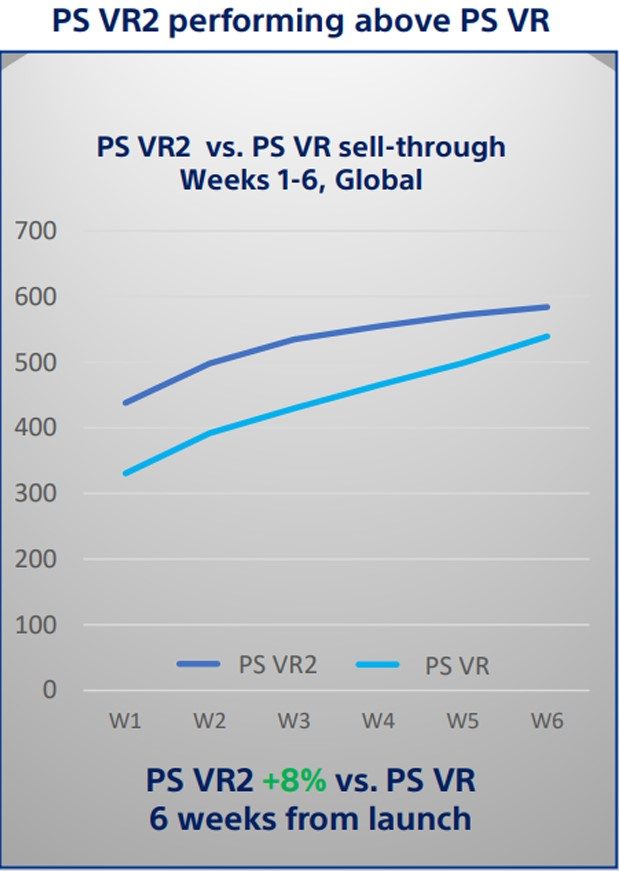
Meanwhile, like the original PSVR from 2016, every year that passes gives companies like Meta a chance to iterate on their own console-like standalones. The next generation of standalones, such as Meta Quest 3, won’t be able to reach the graphical heights that are currently capable on PSVR 2 thanks to PS5’s dedicated GPU and PSVR 2’s foveated rendering capabilities, but PS5 owners still need to think twice before jumping into the comparatively shallow pool of PSVR 2 content—especially when a bulk of that content was made for Quest first and foremost, and only marginally enhanced for PSVR 2.
And every year that passes will inevitably compound this against Sony’s favor if it doesn’t take a more active role in content funding. What happens when a hypothetical Quest 4 arrives two to three years after Quest 3, and includes the entirety of the Quest platform’s library, which by then will probably include a glut of mixed reality games? If Sony is banking on the fact that PS5 owners would only choose PSVR 2 to suit their VR needs, they may be in for a rude awakening.
To stay relevant in the long-term, PSVR 2 needs more ‘AAA’ content like Astro Bot Rescue Mission soon. But even if that’s already coming, Sony needs to more clearly communicate where the platform is going, because PSVR 2 owners looking to make good use of their $550 headset—purchased on top of their $500 console—need confirmation they made the right choice one, two, and even five years down the line of the headset’s probable lifecycle.
from Road to VR https://ift.tt/g0Lqhxi
via IFTTT
No comments:
Post a Comment